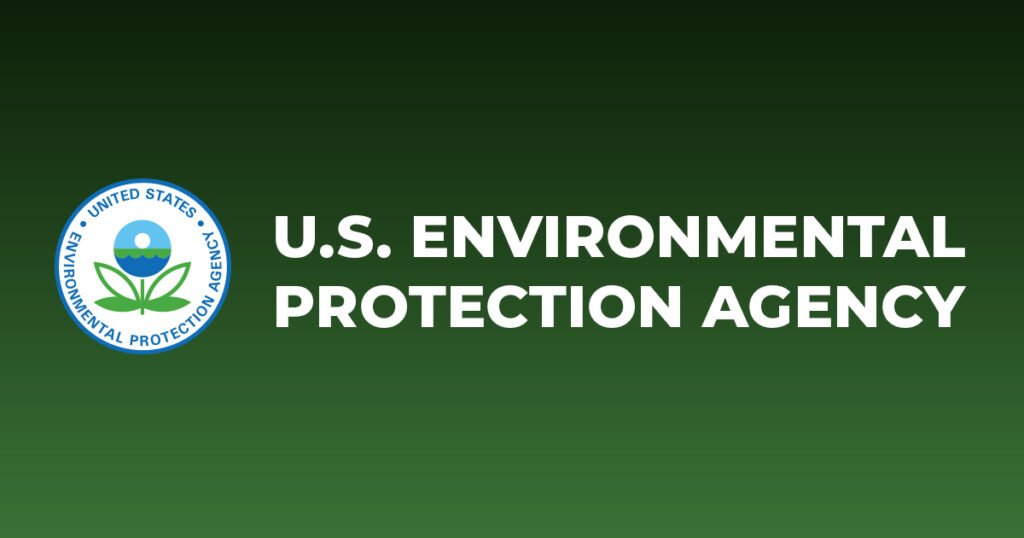Embracing the Future: Revitalizing the Middle Rio Grande
Introduction
Nestled within the heart of New Mexico, the Middle Rio Grande is a vital waterway that plays a crucial role in the lives of local communities. As challenges mounting from climate change and a dwindling water supply threaten the ecosystem, collaborative efforts are underway to rejuvenate this essential urban waterway. With the formation of the Middle Rio Grande/Albuquerque Urban Waters Federal Partnership, significant advancements are being made to reconnect communities with the river and ensure a sustainable future for all.
The Necessity of Revival
As demand for water intensifies due to population growth and environmental changes, the Middle Rio Grande faces numerous obstacles. Historical practices by local tribes and settlers have shaped the river’s present state, leading to strained relations between urban development and ecological preservation. The impacts of long-term drought, exacerbated by climate change, deeply affect both natural and human communities. Hence, revitalization efforts not only aim to restore the river but also to enhance the overall quality of life for surrounding residents.
Acknowledging the Urban Waters Partnership
Established in 2013, the Middle Rio Grande Urban Waters Partnership is committed to addressing these challenges through synchronized efforts among local government, federal agencies, and community organizations. The collaboration aims to improve water systems while promoting social, economic, and environmental benefits.
Key Initiatives
Among the projects advocated by the partnership are:
- Valle de Oro National Wildlife Refuge: The first urban wildlife refuge in the Southwest, fostering biodiversity and providing recreational opportunities.
- Restoration Projects: A series of initiatives aimed at enhancing both the ecological health and recreational accessibility of the Middle Rio Grande.
- Watershed-Based Storm Water Management Program: A pilot program dedicated to improving how stormwater is managed across the region.
- Climate Change Initiatives: Projects specifically targeting the implications of climate change, alongside transportation and economic development efforts in the South Valley.
Governance and Collaboration
To streamline operations, a new leadership framework was introduced in 2019 through a Steering Committee that encompasses representatives from various sectors. This committee operates with the understanding that viable solutions to the region’s challenges require collective input and action.
Steering Committee Members
Local and State Representatives:
- Bernalillo County: Dan McGregor, Kali Bronson
- City of Albuquerque: Denise Castillo
- Ciudad Soil & Water Conservation District: Steve Glass, Astrid Mooney
- Energy, Minerals and Natural Resources Department: Alyssa O’Brien
Federal Representatives:
- U.S. Fish and Wildlife Service: Katie McVey
- U.S. Geological Survey: Rebecca Travis
Diverse Partnerships for Holistic Impact
The Middle Rio Grande initiative thrives on collaboration among diverse partners, each contributing unique strengths to the revitalization objectives.
Federal Agencies
- U.S. Army Corps of Engineers
- U.S. Bureau of Reclamation
- U.S. Department of Transportation
- U.S. Economic Development Administration
- U.S. Environmental Protection Agency
- U.S. Fish and Wildlife Service
- U.S. Geological Survey
- U.S. Indian Health Service
- U.S. National Park Service
- U.S. National Weather Service
Tribal Partners
- Ancestral Lands
- Pueblo of Cochiti
- Pueblo of Isleta
- Pueblo of San Felipe
- Pueblo of Sandia
- Pueblo of Santa Ana
State and Local Partnerships
- New Mexico Department of Game and Fish
- New Mexico Department of Transportation
- Ciudad Soil & Water Conservation District
- Albuquerque Metropolitan Arroyo Flood Control Authority
- Friends of Valle de Oro National Wildlife Refuge
- Agri-Cultura Network
Conclusion
The ongoing revitalization of the Middle Rio Grande marks a significant step toward a sustainable urban waterway that benefits not just the environment but also the community at large. By fostering collaboration among diverse stakeholders and implementing targeted initiatives, this partnership is laying the foundation for a brighter, more resilient future for all.
For more comprehensive information, please visit the Middle Rio Grande Partners page and explore the various projects and efforts underway.
For further insights into the partnership’s progress, read about the Local Partnership Workplan and the Middle Rio Grande Designation Story. These resources offer valuable perspectives on how the collaborative efforts aim to ensure a thriving ecosystem and community around the Middle Rio Grande.


